From the February 2022 issue of Apollo. Preview and subscribe here.
The community of Asian art dealers and specialists in New York is feeling tentative excitement about Asia Week New York’s return to a primarily in-person event from 16–25 March, having relied heavily on online viewing rooms last year. With 26 galleries taking part, only about half as many as when membership was at its peak, the programme is still bolstered by a rich digital offering that now extends year-round in the form of a blog, monthly webinars and bi-weekly newsletters.
Among the in-person exhibitors this year is London-based Francesca Galloway, who presents ‘Court, Epic, Spirit: Indian Art 15th–19th Century’ (26 January–24 March), hosted in Luhring Augustine’s space in Tribeca. The gallery’s director Christine Ramphal hopes this collaboration will introduce Indian painting and textiles to a new audience in a fresh context. ‘We like to shake things up a bit and not always stick to the same formula,’ she says. Among the highlights will be a rare devotional 19th-century pichhvai temple cloth depicting the festival Dana Lila in which Krishna and several female figures are rendered in opulent gold foil over an indigo cotton ground. Another brightly coloured image is from the epic manuscript Hamzanama, commissioned by Emperor Akbar and thought to be completed by Dasvant in c. 1565. This page shows the dramatic moment in which Amir Hamza is ferried over the sea by the phoenix-like Rukh bird.
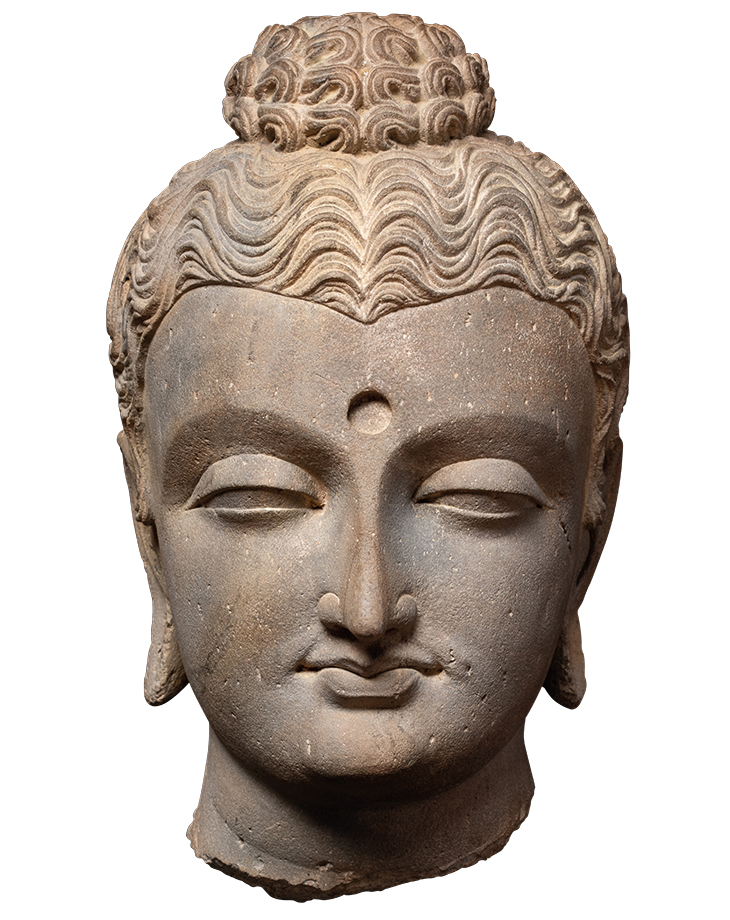
Head of Buddha, fourth century, Gandhar. Kapoor Galleries (price on application)
Also presenting a diverse range of objects is Kapoor Galleries, which can be relied on for bringing considerable range both geographically – with objects from across the Indian subcontinent, Mongolia, China and Tibet – and in terms of time span, from a fourth-century Buddha head with Hellenistic influences to a collection of miniature paintings and nature studies produced in India during the 19th century. Sanjay Kapoor remembers the first decade of Asia Week New York as a heyday of interest from Chinese collectors, which he notes has slowed in more recent years especially with the pandemic. At this trickier time, he finds the event provides a crucial network. ‘All the publicity you can get is good, because there’s not too much in-person interaction,’ he says.
Special sales are expected to go ahead as usual at the major auction houses Christie’s, Bonhams and Sotheby’s, as well as Doyle, Heritage Auctions and iGavel. Among the highlights of the Christie’s sale is a rare trestle-leg table from the 17th century made of huanghuali rosewood. Several museums also have exhibitions that tie in with the week, including ‘Japan: A History of Style’ (until 24 April) and ‘Shell and Resin: Korean Mother-of-Pearl and Lacquer’ (until 5 July), both at the Met.
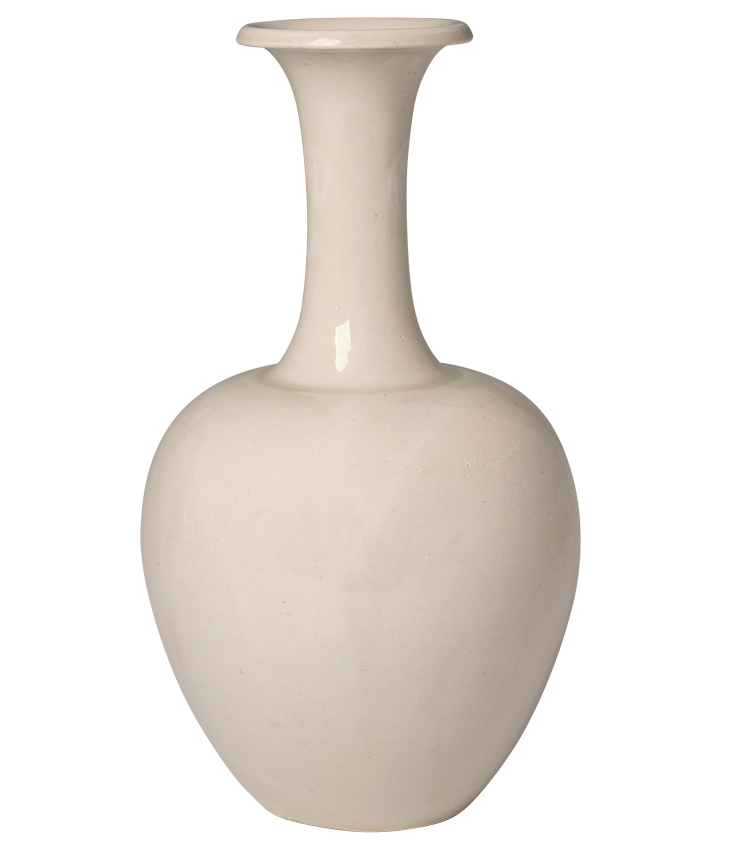
Xing-yao bottle vase, Tang Dynasty (618–908), China. Zetterquist Gallery (price on application)
One of Asia Week New York’s organisers, Eric Zetterquist, will focus on Chinese ceramics dating from the Tang Dynasty (618–906) to the Yuan Dynasty (1271–1368). A particularly fine example is a Yue ware ewer in the shape of a melon with a celadon glaze. ‘Especially in the Western world, it is important for Asian art enthusiasts to know that they are not collecting in a bubble,’ he says of the week’s importance for participants. In some cases, it provides a public debut for works that have spent decades in private hands. One example is Hiroshige’s Eight Views of the Suburbs of Edo, one of just four known complete first editions. It is part of a show at Sebastian Izzard focused on surimono, prints of a particularly fine quality that were privately commissioned by Japan’s literati during the late 18th and early 19th centuries.
Asia Week New York also features contemporary work, and Fu Qiumeng Fine Art, participating for the first time, will present 20 new pieces from a collaboration between the Chinese-American artist Arnold Chang, who is based in New York, and the photographer Michael Cherney, who lives in Beijing. Cherney’s photographs are printed on xuan paper with ink additions by Chang. One example, Saltscape Lattice, is based on salt crystals in homage to the old ‘salt print’ method of producing photographic images on drawing paper.
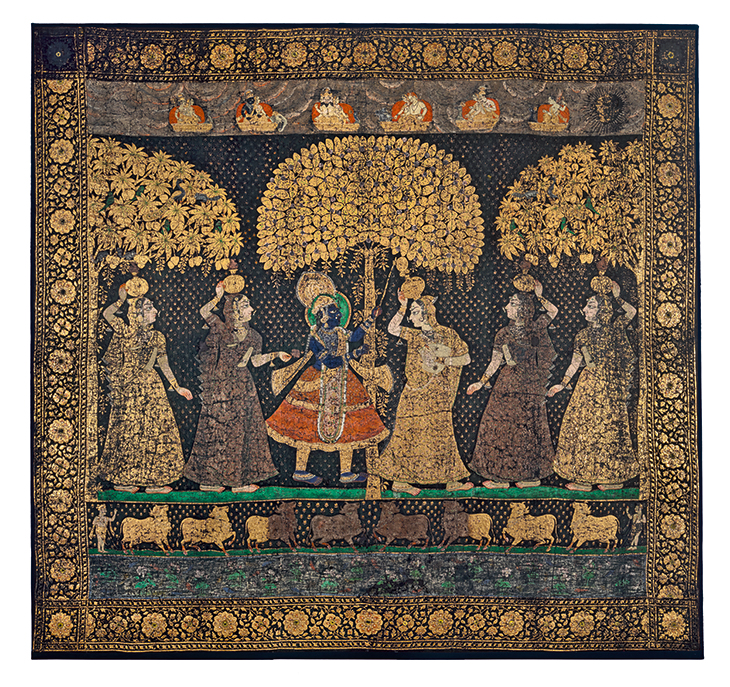
Pichhvai temple cloth depicting the Dana Lila festival (detail), 19th century. Francesca Galloway (price on application)
Joan B. Mirviss gallery will dedicate a solo show to Takahiro Kondo, whose clay vessels are decorated with his signature gintekisai, or ‘silver mist’, overglaze in which ink appears to swirl and pool over the surface. The latest works are a reflection on the trauma of the tsunami and nuclear disaster of 2011 in Fukushima. Mirviss, who was a co-founder of Asia Week New York in 2009, says that despite the pandemic’s setbacks business in the Asian art market remains strong. ‘We had a shutdown in March 2020 but our show that year almost sold out and last year we sold all but four pieces, so the buying public has become comfortable with virtual acquisition,’ she says. ‘However, we’re all starving for the collegiality between curators, collectors and dealers, so I’m hoping that will come back into effect in March.’ The return of an annual evening held at the Met should be ‘the first event where the Asian art-loving population can again be together. It will have great emotional impact’.
‘We always get a very warm welcome from our colleagues in New York and the event is extremely well organised,’ Ramphal says. ‘They have a proven track record, so we felt confident taking part this year.’ The in-person programme may be slimmed down by ongoing uncertainty and travel regulations, but the mood in New York is one of cautious optimism. ‘We’ve got a good, strong group of members that will be participating in March,’ says Dessa Goddard, chairman of the event. ‘We’re excited about it.’
Asia Week New York takes place at various venues in the city from 16–25 March.
From the February 2022 issue of Apollo. Preview and subscribe here.
Unlimited access from just $16 every 3 months
Subscribe to get unlimited and exclusive access to the top art stories, interviews and exhibition reviews.

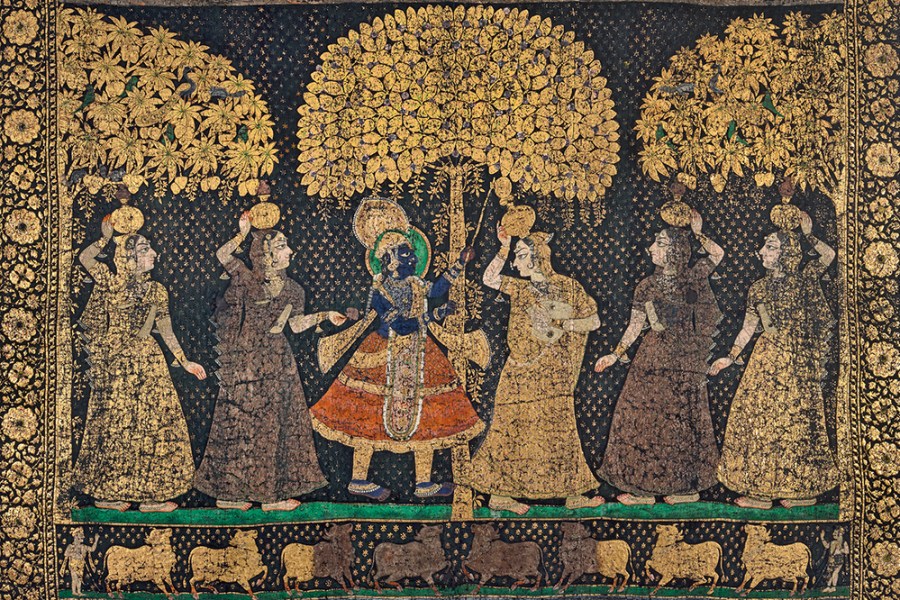
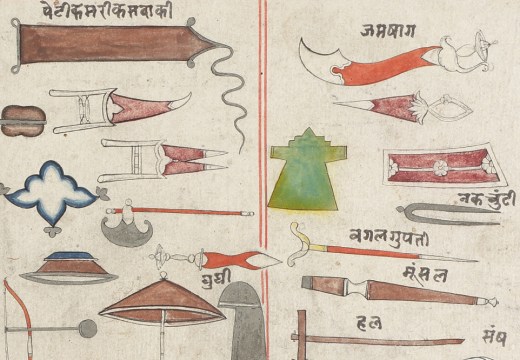
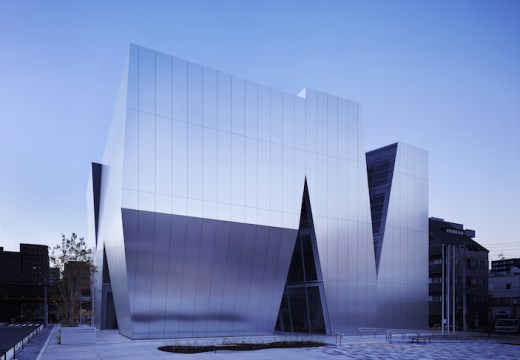
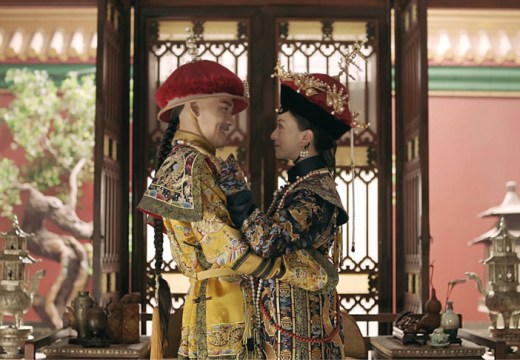









![Masterpiece [Re]discovery 2022. Photo: Ben Fisher Photography, courtesy of Masterpiece London](http://www.apollo-magazine.com/wp-content/uploads/2022/07/MPL2022_4263.jpg)
Why are fathers so absent from art history?